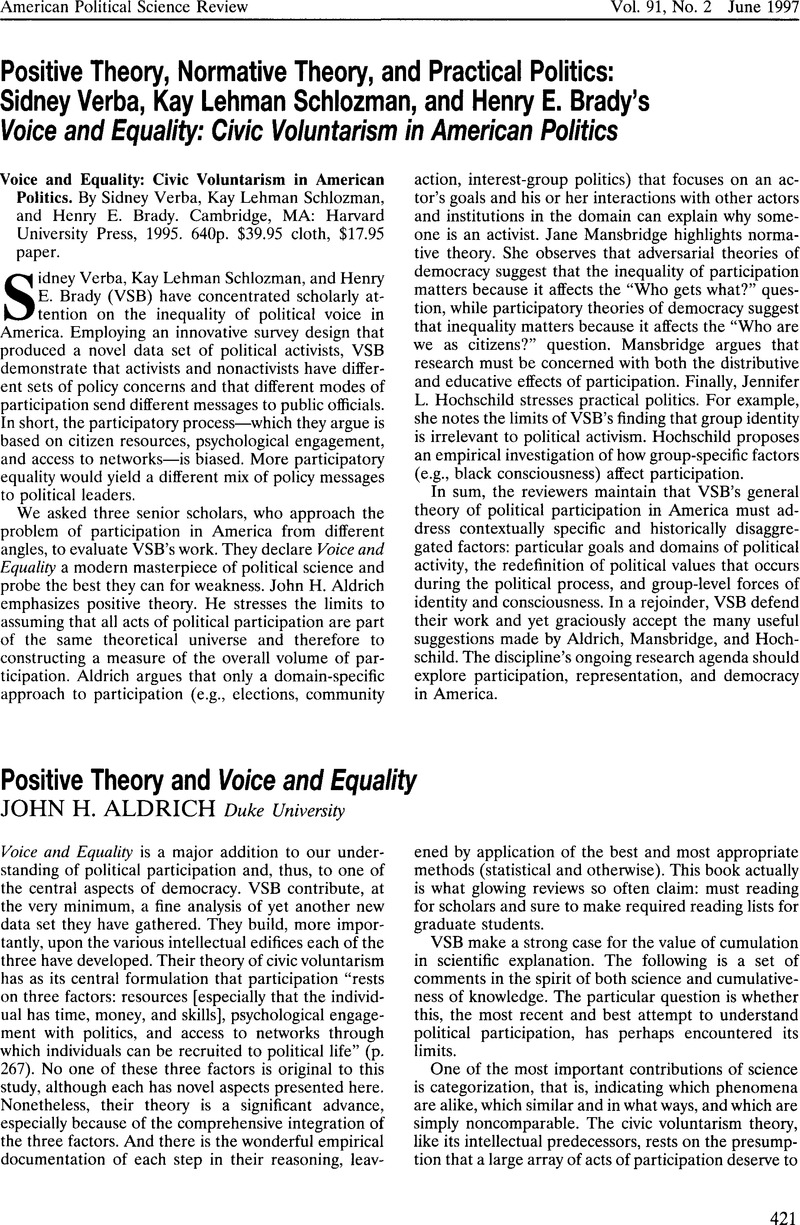Crossref Citations
This article has been cited by the following publications. This list is generated based on data provided by Crossref.
Bartels, Larry M.
Johnston, Richard
Kaplan, Cynthia S.
and
Meyers, Marcia K.
2009.
PROFILE: Henry Brady, Big Scientist.
PS: Political Science & Politics,
Vol. 42,
Issue. 4,
p.
793.
Witschge, Jacqueline
and
van de Werfhorst, Herman G.
2016.
Standardization of lower secondary civic education and inequality of the civic and political engagement of students.
School Effectiveness and School Improvement,
Vol. 27,
Issue. 3,
p.
367.




Comments
No Comments have been published for this article.